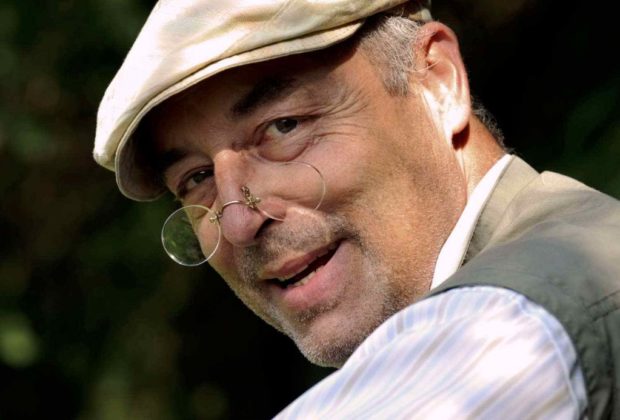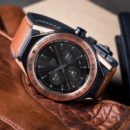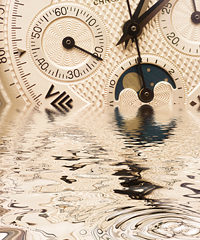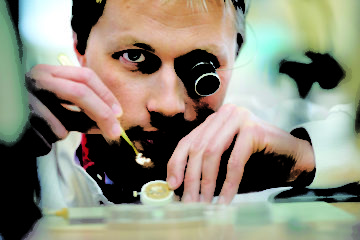
Ludwig Oechslin: The watchmaker who places the Universe on your wrist
Born in Italy, few years after the denouement of the Second World War, from a Swiss mother and a German Jew refugee father, Ludwig Oechslin grew up in the peaceful city of Lucerne, Switzerland. Yet anticipated in such an environment, his fascination for the watchmaking business turned into a real life-changing experience once he accompanied his master, Jörg Spöring, in Rome, where they had been commissioned to restore the Farnese clock – a masterpiece of the 18th century. After four years of hard work and over 1000 pieces dissembled, studied and then reassembled, Ludwig Oechslin came a little closer to understand how the astronomic clocks work and decided he would dedicate his life to the art of watchmaking.
“As I studied each piece for many hours and analyzed the way they were crafted by someone’s hands, I developed shortly this sense of uncovering the soul of their maker.”
In 1983, the Farnese clock and its inner narrative became the subject of Oechslin’s doctorate of philosophy and natural sciences in the field of theoretical physics, received from the University of Bern, and from that moment on, he was renowned as a prodigy of the watchmaking, at only 30 years old. Soon after, he met Rolf Schnyder, who had recently acquired the Swiss watch brand Ulysse Nardin and hoped to find a technician who could miniaturize an astronomical pendulum clock. Ludwig Oechslin was then the winning bet, although he advanced a more challenging idea: a wristwatch version of an astrolabe, an instrument that helped medieval astronomers tell the time by determining the altitude of the sun, moon and stars. [1]
“I could not find anyone still alive to explain me how they work, therefore I learned everything from the object itself and I researched a lot of technical history, in order to discover its secrets. This was the inspiration for all the models I made after, the source of my creativity.”
.jpg)
This collaboration resulted in the Ulysse Nardin’s Trilogy of Time, comprising the astonishing astronomical wristwatches named after famous astronomers, which helped ensure the brand’s reputation many decades to come. Astrolabium Galileo Galilei, Planetarium Copernicus and Tellurium Johannes Kepler are still the most requested models, despite Oechslin’s initial skepticism over their commercial viability. Moreover, he declares that his bond with a watch is quickly broken after he makes it, as he may never meet the customers: “I don’t know how it is to wear these watches, I would never afford to buy my own. I only afford the prototypes. I hope people find pleasure in wearing it, because I can assure you that I take great pleasure in making them.”
Nowadays, Ludwig Oechslin is the director of the Musée International d’Horlogerie in La Chaux-de-Fonds, Switzerland and still dedicates most of his time researching and learning about the quiet movement inside the mechanical watches. For him, time is the subtle element that gives coherence to our life story, with no physical proof, except for the tiny needles on the quadrants of a clock.
Sources:
[1] https://www.nytimes.com/2014/03/27/fashion/watches-that-follow-the-stars.html?_r=1








